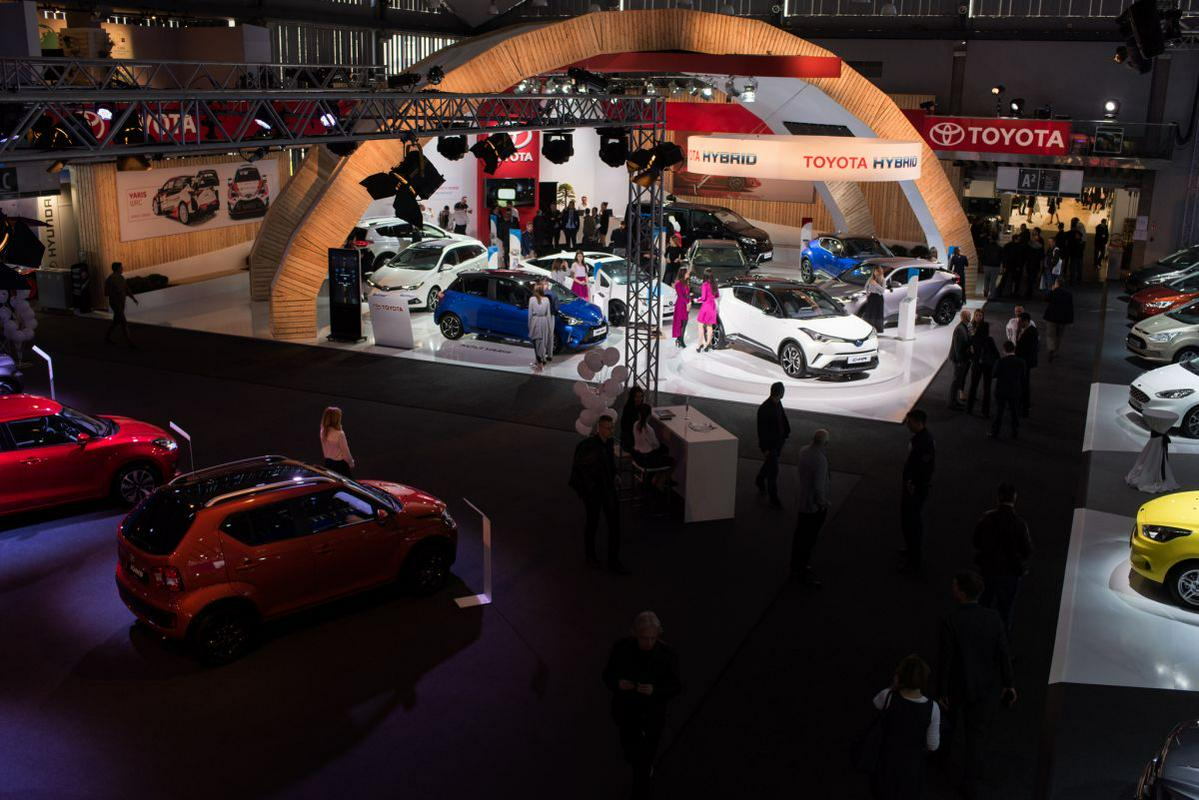
Those from the automotive industry said they were pleased, as were the visitors. Many people bought new cars, or made a decision to buy a new car, at the show. The RTV SLO Automobility team, which was in charge of the Technology Pavilion, also played an important role at this year’s Auto Salon.
We had to wait 10 years for the Auto Salon to return to Slovenia. Thanks to the growing market for passenger vehicles and increased car sales figures, this year the show returned to Slovenia for the first time since 2006. Following Celje the show was now hosted by Ljubljana i.e. the Ljubljana Exhibition and Convention Centre, which could not hide the fact that it has started to decay. Remarks about the need for a new exhibition hall, to replace the prefabricated halls and tents which hosted this year’s car show, could be heard.
But despite all that the week-long Auto Salon was visited by 75 thousand people. The figure is a little under the initial optimistic forecasts for the show, but those from the car industry unanimously said that they were both surprised and pleased with the turnout. Especially because of the interest visitors showed for the vehicles and new technology. Some visitors got to discover new security features thanks to the exhibited vehicles and Technology Pavilion, which was run by the Automobility team. The Slovenian average car is 9,5 years old, which was when the first automatic air-conditioning systems became a basic car feature. Today, cars are able to brake themselves and prevent accidents.
Can never gather such crowds at own showrooms
"When we came to the idea of staging the Auto Salon in Slovenia again, we all said in one voice: 'Yes, let’s do it.' It’s because we knew that we could offer visitors something more than what they would get by just visiting our showrooms," said Primož Tiringar, the head of Toyota in Slovenia. His colleague Rasto Oderlap from Mercedes-Benz said they decided to take part in the car show because in that way they could present their cars to a wider audience, as opposed to just relying on advertising campaigns. "We could never gather such crowds in our showrooms," he admitted.
Edo Strajnar, the head of sales at Volkswagen, said people can see their cars on the Internet, but that they rather choose to visit car shows, sit in the vehicles, touch the materials, become familiar with the new technology, and last but not least get a vision of where the automobile market is headed.
Even if the main intention of the 24th edition of Slovenia’s Auto Salon was to win over future buyers, in one thing it was very similar to the big car shows of the world, such as the ones in Geneva, Frankfurt and Paris. It was remarkably alive. There was a lot going on. The different car brands did not only fill their exhibition areas with steel horses, but also invited people with their ideas of mobility, stories, and their values. The Ljubljana Auto Salon was thus a great opportunity for us to discover with which car brands we can relate with the most.
Gregor Prebil; translated by K. J.

































































